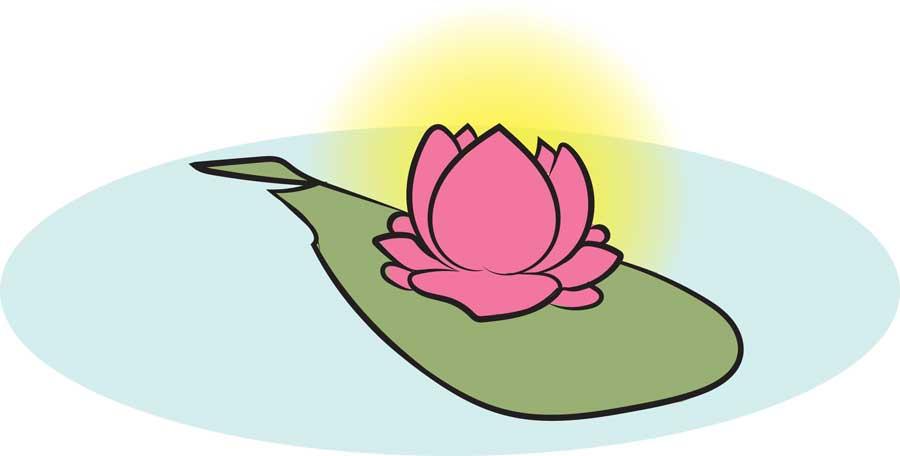Reply To:
Name - Reply Comment

The Mahawamsa or the Great chronicle of Lanka does not start with the account of Vijaya, the first recorded king of the country. The Vijaya story only begins in the sixth chapter of the book under the title ‘The coming of Vijaya’ as given in the English translation of the text by eminent orientalist Wilhelm Geiger.
The title of the first chapter of Mahawamsa reads ‘The visit of Tathagata’ and recounts the events related to the Buddha’s three visits to Sri Lanka starting with his maiden one to the island nine months after his enlightenment on Duruthu full moon day. While the systematic compilation of the story of Lanka began nearly a millennium after Buddha’s visit, the selection of the Buddha’s visits to form the very first chapter set the tone and tenor of a nation which was to be predominantly shaped by the Buddhist tenets and culture.
Three centuries after Buddha’s visits, Arahat Mahinda, son of Emperor Ashoka, arrived in Sri Lanka and established Buddhism as the State religion here. Buddhism went on to form the very foundation on which country’s civilization was built. It was indeed quite a solid foundation. Even two and half millennia Buddhism still holds sway here with over 70% of the population very much identified with the religion. Besides Article 9 of the constitution makes the State legally bound to protect and foster Buddhism offering it the ‘foremost place’.
Ever since the institutionalizing of Buddhism in the island Sri Lanka has remained a major Buddhist centre regularly dispatching Buddhist missions overseas and also receiving Buddhist delegations from the other countries.
Early last century also saw dozens and dozens of westerners ordaining here in Sri Lanka and engaging in Buddhist scholarly work.
Cambridge-born Osbert John S. Moore, who served in the British Army received Bhikkhu ordination at Vajiraramaya, Bambalapitiya as Bhikkhu Nanamoli became an eminent Pali scholar and translated a slew of key Buddhist texts to English. Ven. Nanamoli had learnt the fundamentals of Pali under renowned German Buddhist monk Nyanatiloka Maha Thera.
German Dharmaduta Society was born here in Sri Lanka to help propagate Buddhism in Germany, a country which already had a slew of young men visiting Sri Lanka in view of entering Bhikkhu order. The likes of legendary German nun Ayya Khema opted to follow suit and spent a few years here in Sri Lanka as well. Today German monks and nuns are playing a leading role in the propagation of Buddhism in Europe and the rest of the world.
Last century also saw local scholar monks of the calibre of most venerable Balangoda Ananda Maitreya Thera and Palane Vajiragnana Thera becoming role models inspiring thousands of others to become scholar monks and also to live by Dhamma. Vajirarama temple, Bambalapitiya played a decisive role in Dhamma dissemination and ordained dozens of foreign men who were inspired to take to robes.
Anagarika Dharmapala played a crucial role in the Buddhist revivalist movement by spearheading a bold campaign here in Sri Lanka as well as in India and was instrumental in propagating Buddhism in the United States and Europe.
Sri Lanka also witnessed a revival of Buddhism at the turn of the new millennium. Hundreds of new temples were built and middle and upper classes started flocking at temples with a renewed interest. The years that followed saw Buddhist television channels playing a pivotal role in Dhamma dissemination and a new breed of Dhamma preachers was seen teaching Dhamma in depth. Educated and informed youth from the middle class took to robes in their hundreds in Mahamevna monasteries across the country. Founded in 1999 by Kiribathgoda Gnanananda Thera Mahamevna now has nearly 35 overseas branch monasteries too, with seven of them in the United States.
Several Sri Lankan monks continue to play crucial roles in the propagation of Buddhism overseas and the US-based Henepola Gunaratana Thera, popularly known as Bhante G is a much revered figure especially in the western Buddhist world.